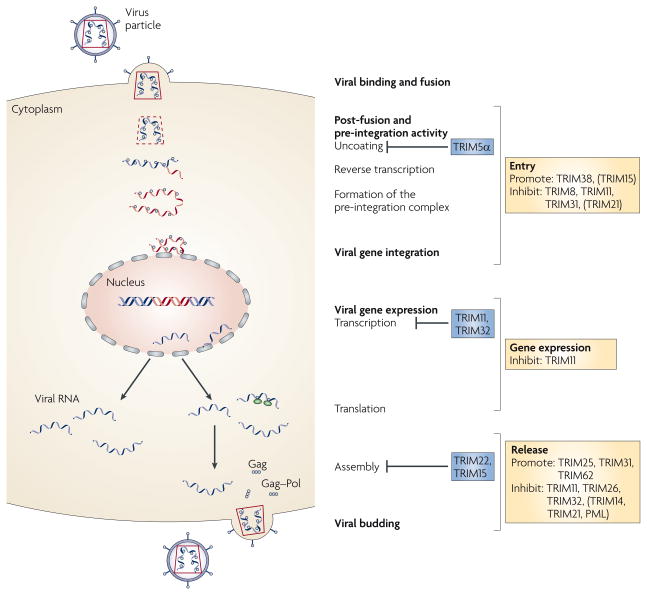Figure 1. Effects of human and mouse TRIM proteins on infection with HIV.
Stages in the life cycle of HIV, from cell binding and fusion to release from the cell11,22,27,118, are depicted on the left. Human tripartite motif-containing (TRIM) family members that are known to inhibit specific stages of the cycle are shown alongside. TRIM family members that are known to affect viral entry, viral gene expression or viral release, but for which the exact stage affected is not known, are shown on the right. Here, the definition of viral entry includes events from binding and fusion of the virus to its cellular receptors to the expression of viral proteins. Viral release relates to the presence of infectious virus or virus-encoded proteins in the supernatant of cultured infected cells22,38. The TRIM proteins that affect gene expression include those that might affect viral transcription or translation from the integrated provirus. Proteins with moderate inhibitory or promoting effects are listed in parentheses. PML, promyelocytic leukaemia.

